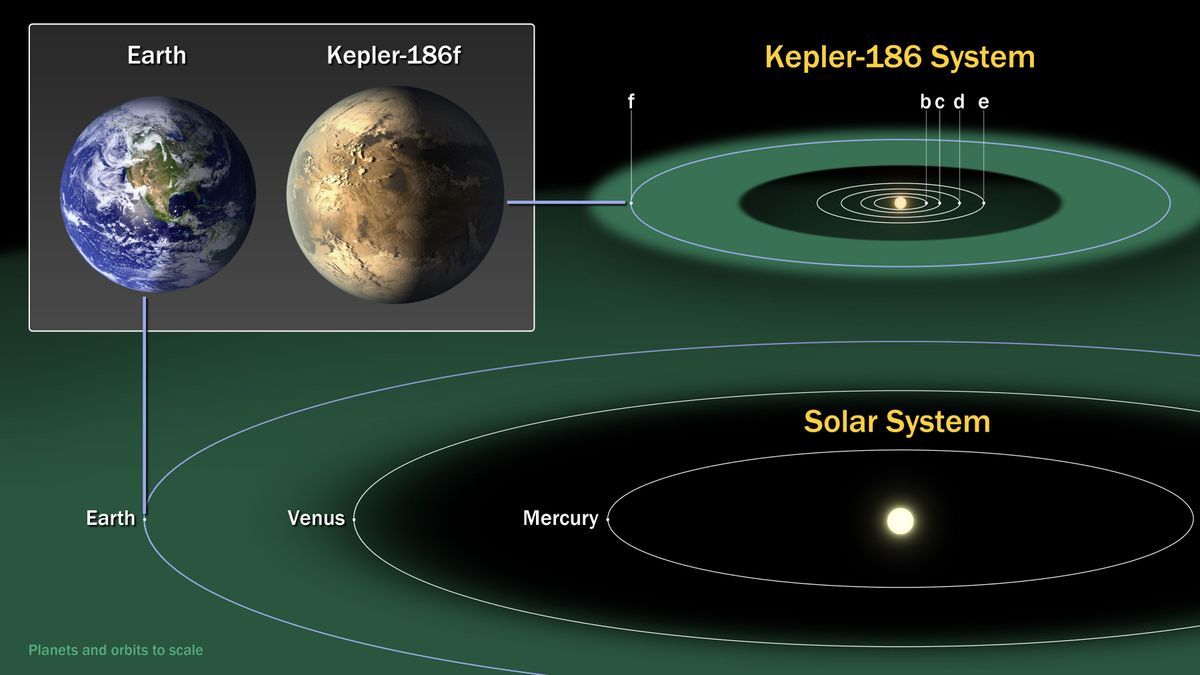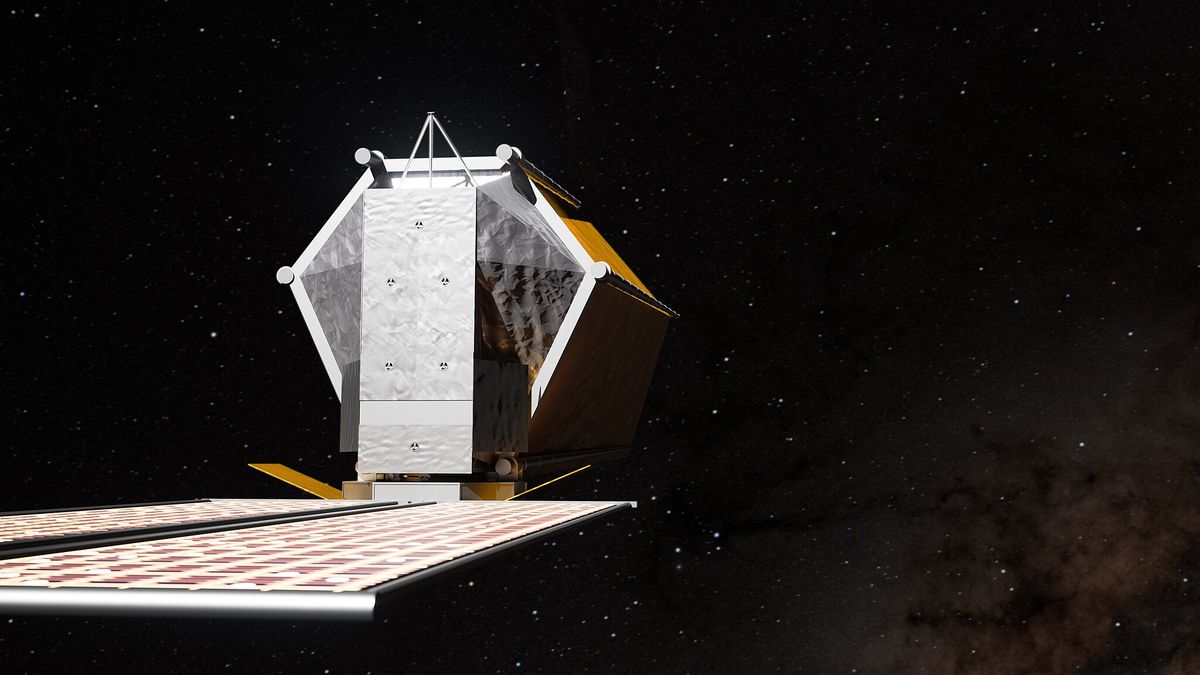👽 Discovering extraterrestrial life at last
Follow us on Google News (click on ☆)
Next-generation telescopes, like NASA's Habitable Worlds Observatory, promise major breakthroughs. These instruments will enable direct observation of exoplanets, providing unprecedented data about their atmospheres and potential to harbor life. Interpreting this data is an important subject.

An artist's illustration of Kepler-186f, an exoplanet located in the habitable zone of its star.
Credit: NASA Ames/SETI Institute/JPL-CalTech via Wikimedia Commons
An international team has developed an innovative method to assess the habitability of distant worlds. This approach, based on mathematical models, compares environmental conditions with the theoretical needs of different organisms. It incorporates uncertainties to provide probabilistic answers.
Researchers have analyzed extreme terrestrial organisms, like those in oceanic hydrothermal vents. These studies help predict which extraterrestrial environments might support life. The method is already being used to prioritize observation targets.
Next steps include expanding the database on extreme organisms. This will refine predictions for varied environments, from Martian subsurface to Europa's oceans. The goal is to effectively guide the search for biosignatures in our Solar System, and in the Universe.

Kepler 186 is located in a habitable zone similar to Earth, though it orbits an M1 dwarf star.
Credit: NASA Ames/SETI Institute/JPL-CalTech
How do scientists define a planet's habitability?
A planet's habitability is assessed based on its ability to maintain liquid water on the surface, a key element for life as we know it. However, this definition is evolving with the discovery of extremophile organisms on Earth.
Scientists now use more sophisticated models that consider various factors like temperature, atmospheric pressure, and presence of essential nutrients. These models allow evaluating life potential in environments previously considered hostile.
The recently developed quantitative approach adds a probabilistic dimension to these assessments. It enables comparing environmental conditions with theoretical needs of different organisms, including those that might exist in yet unknown forms.
What are the technical challenges for detecting life on exoplanets?
Detecting life on exoplanets relies on analyzing their atmospheres for biosignatures like oxygen or methane. However, these signals can also be produced by non-biological processes, complicating their interpretation.

An illustration shows the Habitable Worlds Observatory that would be used to take pictures of potentially habitable exoplanets.
Credit: NASA's Scientific Visualization Studio - KBR Wyle Services, LLC/Jonathan North, KBR Wyle Services, LLC/Walt Feimer, NASA/GSFC/Claire Andreoli
Current telescopes often lack the necessary resolution to study atmospheres of small exoplanets, those most similar to Earth. Future instruments like the Habitable Worlds Observatory (HWO) should overcome this limitation.
Another challenge is the distance separating us from these worlds. Even the closest exoplanets are light-years away, making any direct exploration mission impossible with current technologies. Scientists must therefore rely on remotely collected data, with all the uncertainties this implies.